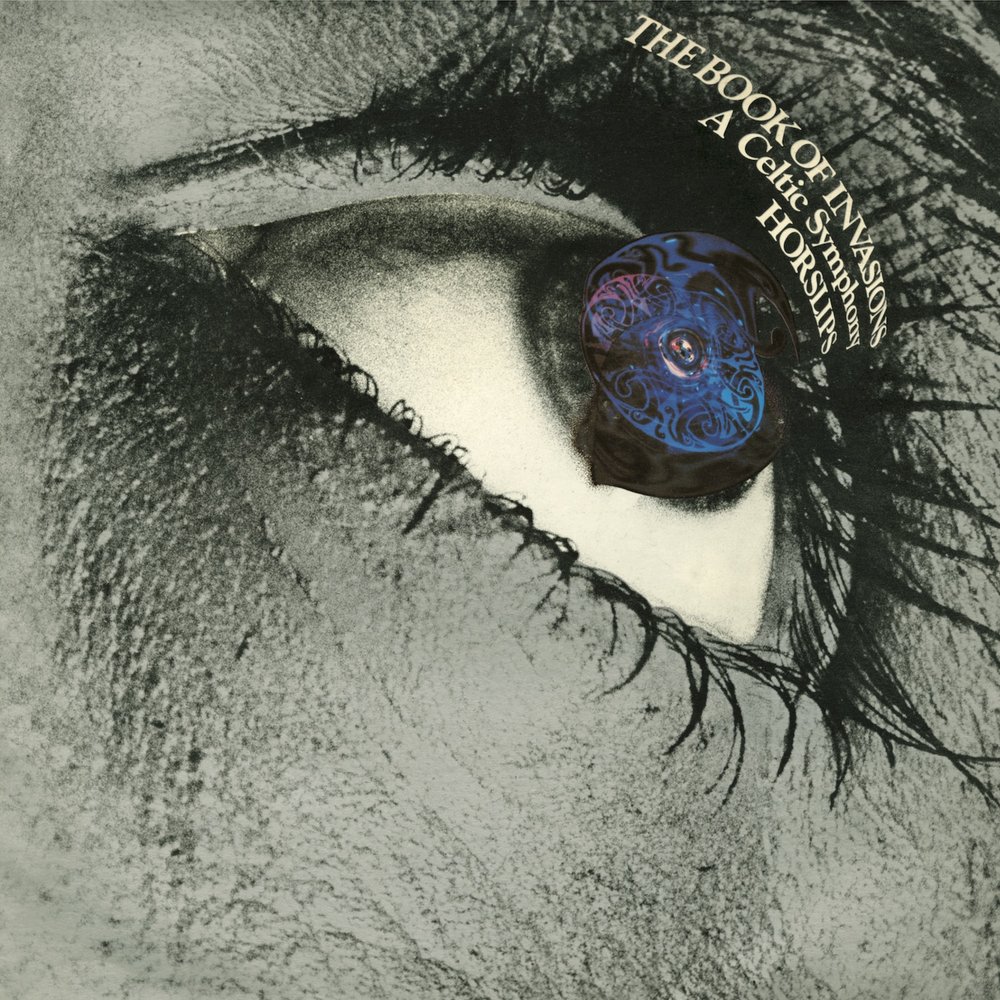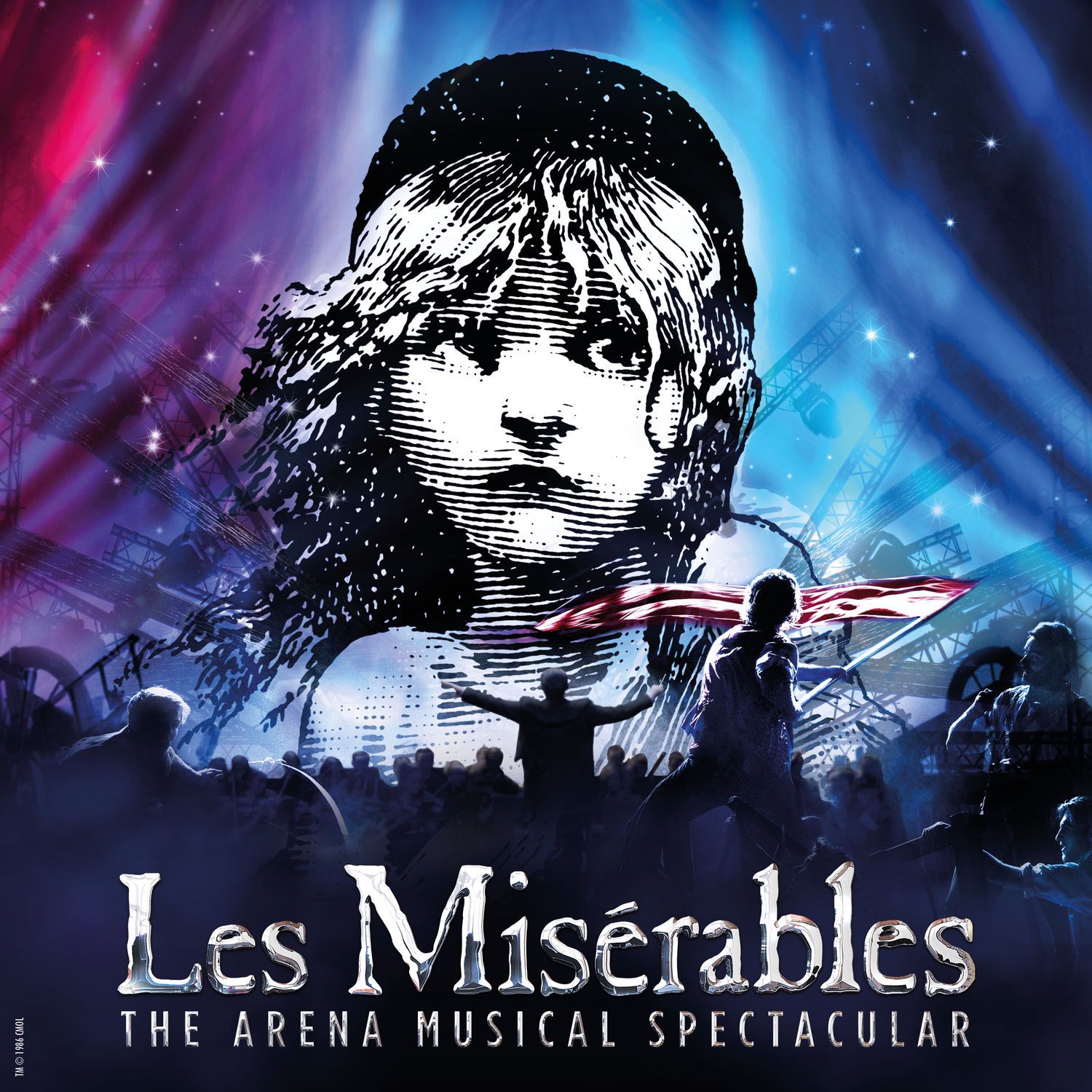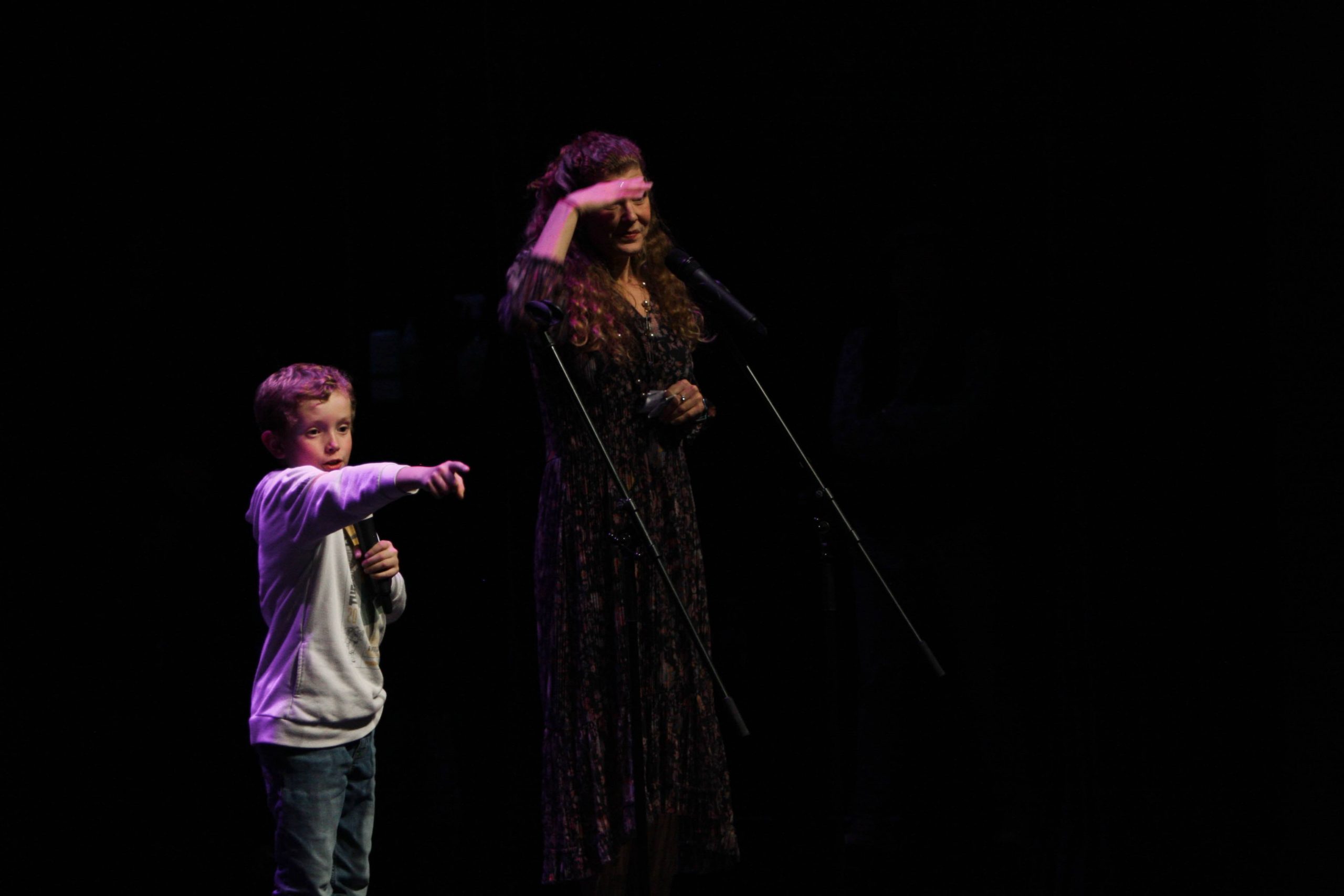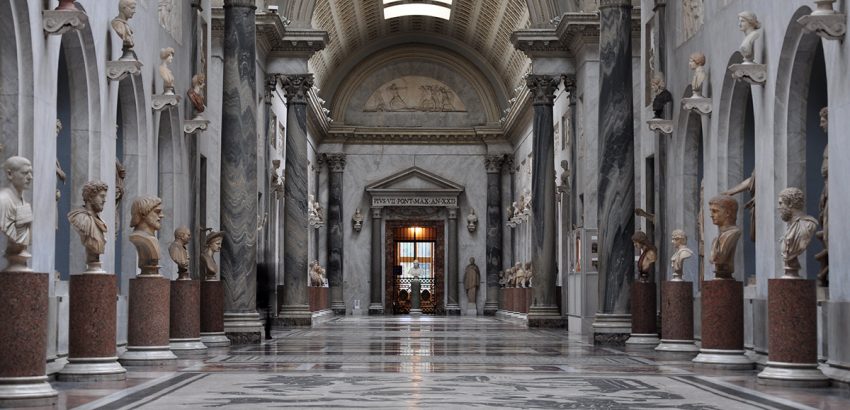By Cormac Stephen Synnott, Year 12
Released by Horslips in 1976, The Book of Invasions: A Celtic Symphony was met with overwhelmingly positive reception. Though it is not Horslips’ most successful album – that honour goes to The Táin, released 1973 – The Book of Invasions is often considered the group’s best work.
An Lebor Gabála Érenn is the Old-Irish title for the book, a colossal epic initially compiled sometime before the 11th century. The reason for the vague dating here is because no one is quite sure when it was first compiled. Estimates suggest the 8th century, and that seems a fairly reasonable estimation, yet there is no sure fire way to know. The epic, known in modern Irish as Leabher Gabhála na Éireann, tells the story of the “takings” of Ireland; that is to say, the six races of men that took turns living in Ireland, culminating in the arrival of the Gaels, or the modern Irish people. Composed of a multitude of works, generally poems, it was compiled for a number of reasons. The first of which was the relatively recent arrival of Christianity in Ireland. Christianity had spread to Ireland in the early 5th century, and Insular Christianity would rapidly become the dominant faith over the coming centuries. Insular Christianity– a fusion between catholicism and some traditional, pagan, Irish beliefs– is an important factor when discussing the Book of Invasion, as it is a religious pseudohistory. As previously mentioned, the Book of Invasion was compiled some time after the arrival of Christianity, and therefore the establishment of Insularism, yet the epic comprises what would be considered pagan stories, wherefor?
That comes down to pseudohistory. It was believed that, prior to the arrival of the Gaels, Irelan had been ruled by the Tuatha dé Danann, a race of gods. The Gaels, after arriving, fought a war for control of the island. When catholic monks came to Ireland, they were told of this pagan history, and of the pagan gods. Understanding these facts to not be entirely true, they believed them to have some basis in fact. For instance, no, there were probably not gods living in Ireland, but there had been a group of people living there before the celts. As such, the monks drew parallels between the Bible and the collection of pagan stories that had formed pre-christian Irish mythology. The result was the Book of Invasions, a book combining Christian beliefs and the more credible elements of pagan stories to attempt to find a true history of the island. As such, despite now being recognised mostly as mythology, the Book of Invasion was initially viewed as a source documenting the history of Ireland. Humorously, the text was seen as the genuine history of Ireland until very recently. As late as the mid-1600s, histories of Ireland were written using it as their primary source. However, more recently, it has been understood not to be an accurate account of the island’s history, as seems somewhat evident to someone in today’s era.
With that in mind, one can now turn to the album itself. As mentioned earlier, progressive-rock band Horslips released The Book of Invasions: A Celtic Symphony in 1973. The band was formed in 1970, and, importantly, remained based in Ireland, even through their successes, unlike other Irish bands who often wound up moving abroad in search of stardom. They disbanded in 1980, however have reunited occasionally since 1990 for concerts.
As for the album, The Book of Invasions was met with fairly major success, and is still widely considered one of the best Irish albums of all time (number 70 on Hot Presse’s 2005 reader ranking of the best Irish albums.) Not only this, but the album is, in my opinion, brilliant. Musically, it fuses traditional Irish instruments and more contemporary rock elements flawlessly. When one reads that one of the band members is credited as having played a Concertina, a Fiddle, and a Mandolin, and another member playing the flute, whistles, and keyboard, one might be excused for dismissing the album as “bardcore”, or pastiche; after all, a fusion of those aforementioned instruments and eclectic guitar generally is. However this is not true. On the contrary, the fusion functions very well. For instance, on “Dusk”, an instrumental track only 38 seconds long, a synth, specifically an electric organ, and what I believe to be the aforementioned Concertina, are used in tandem. This pairing may seem counterintuitive, but it functions very well.
But this blending of new and old exists on the album not only musically. As previously mentioned, The Book of Invasions is a concept album inspired by An Lebor Gabàla Èrenn. As such, the entire album is a fusion of mythology and ‘70s pop-culture. It embodies the somewhat nerdy, mythology- and Tolkien-inspired spirit of the early ‘70s prog-rocker phenomenally. By drawing its inspiration from irish/celtic mythology, rather than more popular and frequently used sources, it manages to effectively walk the fairly mundane prog-rock-album-based-on-mythology route without seeming dull. The album opens with Daybreak, an instrumental track which utilises the melody of Tá na Lá, a traditional Irish-language drinking song. This melody is repeated several times throughout the album, and is used, along with other such instrumentals, to either mark the start or end of one of the album’s three Movements. The first of these movements is Geantraí, the Irish term for joyful or upbeat music. The second movement is Goltraí, meaning lower energy, sorrowful music. Finally, there is Suantraí, meaning lullaby. The album essentially progresses as these Movements’ names would suggest. Beyond the aforementioned instrumentals, the album’s first proper song is Trouble. This song is fast, entertaining, and energetic. It opens the first Geantraí movement appropriately, and is followed by Power and Glory, another more rock oriented song that is equally energetic. The first movement is the longest of the three, comprising 8 out of the album’s 14 tracks. Geantraí closes and Goltraí then opens with another instrumental, this time entitled Dark. It is another rendition of Tá na Lá, however this time it is shorter, and switches, roughly halfway through the song, from Geantraí-esqe optimism and energy to a moreGoltraí-like mood, ending with a fair heavier, less energetic sound.
Goltraí consists only of three songs, all of which center thematically around love. These songs are not slower, or less emotional but have a tendency more towards emotion, often sounding more intimate then their first movement counterparts. Warm Sweet Breath of Love, for instance, is fast enough to be on Gealtraí, yet, because of its more intimate, personal nature, fits very well into the Goltraí lens. Suantraí is the album’s final movement. This movement is the first time we are presented with properly slower songs. This movement also only comprises three songs, and ends the album well. Sideways to the Sun is a good track to illustrate this movement. It doesn’t change any of the instruments used; it’s the same mix of rock elements and more traditional instruments we’ve seen before. However, their use is quite different. The track’s defining feature is a fiddle, which works wonderfully alongside lead singer Barry Devlin’s singing.
It is hard to offer one specific reason why The Book of Invasions works so well as an album. One could argue that it relies mostly on the fusion of old and new, or that it comes down to the band’s musical talent. However, it could also be said, that were it not for its mythological inspiration, the album would not have functioned as well as it did. The reasons for success can be debated, but I believe the album’s success is owed to a combination of these listed factors and many more. With that being said, it is important to remember one evident fact: this album was- and still is- successful. Despite not having released any albums since 2004, and with a 25-year gap between 2004 and their last album before that, Horslips’ following remains deservedly large.



